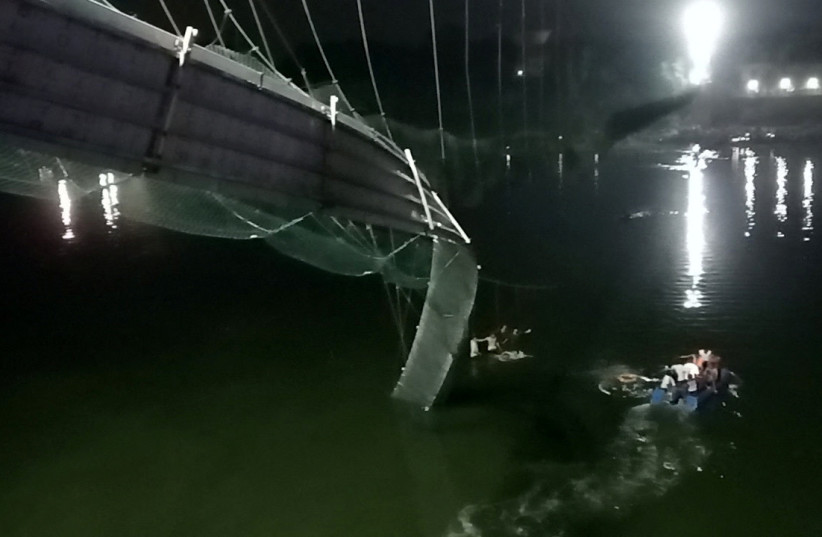Scientists observed a metal repairing its own microscopic cracks without human intervention and published their findings on July 19.
The peer-reviewed study, published in the academic journal Nature, could change engineering forever and could pave the way for self-healing structures alongside other advancements.
“This was absolutely stunning to watch first-hand,” Brad Boyce, one of the scientists to observe the phenomena, said to science news outlet SciTechDaily. “What we have confirmed is that metals have their own intrinsic, natural ability to heal themselves, at least in the case of fatigue damage at the nanoscale.”
“Cracks in metals were only ever expected to get bigger, not smaller. Even some of the basic equations we use to describe crack growth preclude the possibility of such healing processes,” Boyce explained.
How can this discovery be used?
Repeated motions can often cause something known as ‘fatigue damage’ on machines. This damage leads to cracks, which expand over time and can eventually end a machine’s working life. With the ability to self-repair cracks, machines will be able to work for longer periods of time and reduce costs for companies and reduce materials going to landfills.

“From solder joints in our electronic devices to our vehicle’s engines to the bridges that we drive over, these structures often fail unpredictably due to cyclic loading that leads to crack initiation and eventual fracture,” Boyce said. “When they do fail, we have to contend with replacement costs, lost time and, in some cases, even injuries or loss of life. The economic impact of these failures is measured in hundreds of billions of dollars every year for the US.”
An accidental eureka moment
The scientists had been attempting to evaluate how cracks formed and spread across a piece of platinum. To observe this, the scientists used machinery which pulled the ends of the metal 200 times per second.
40 minutes after the experiment began, the scientists watched as the cracks repaired themselves.
More research will need to be carried out before the observation may be put to use, researchers added.
“The extent to which these findings are generalizable will likely become a subject of extensive research,” Boyce said. “We show this happening in nanocrystalline metals in a vacuum. But we don’t know if this can also be induced in conventional metals in air.”
